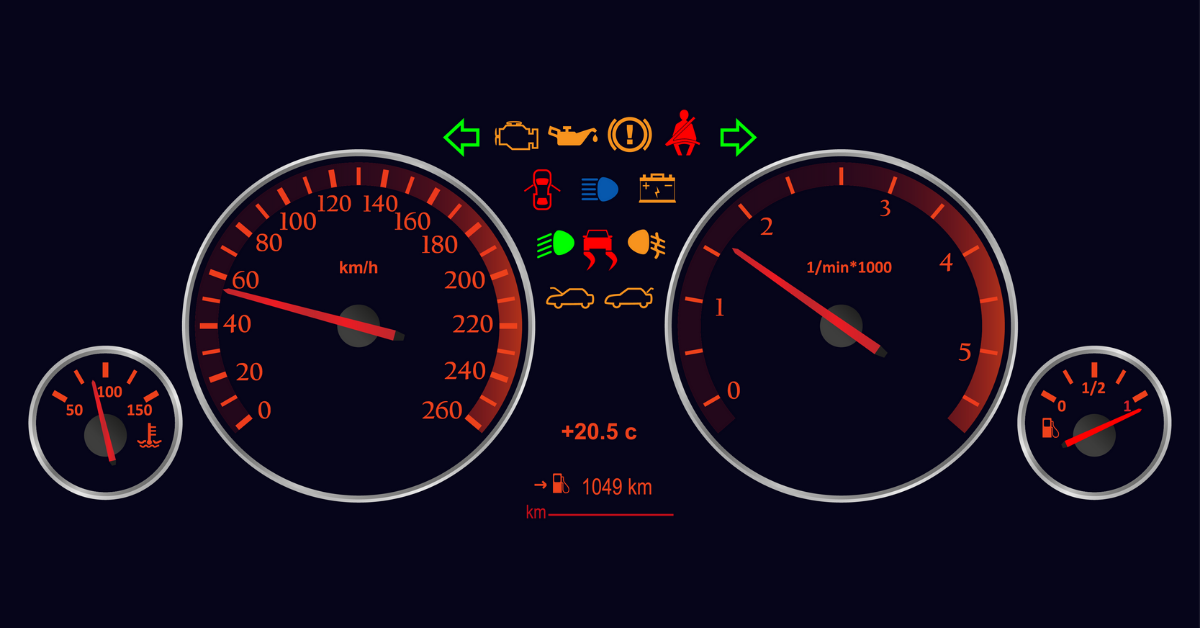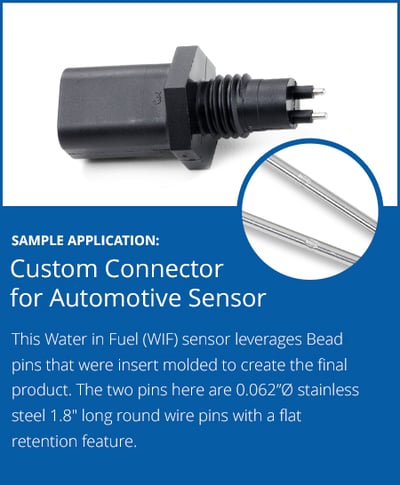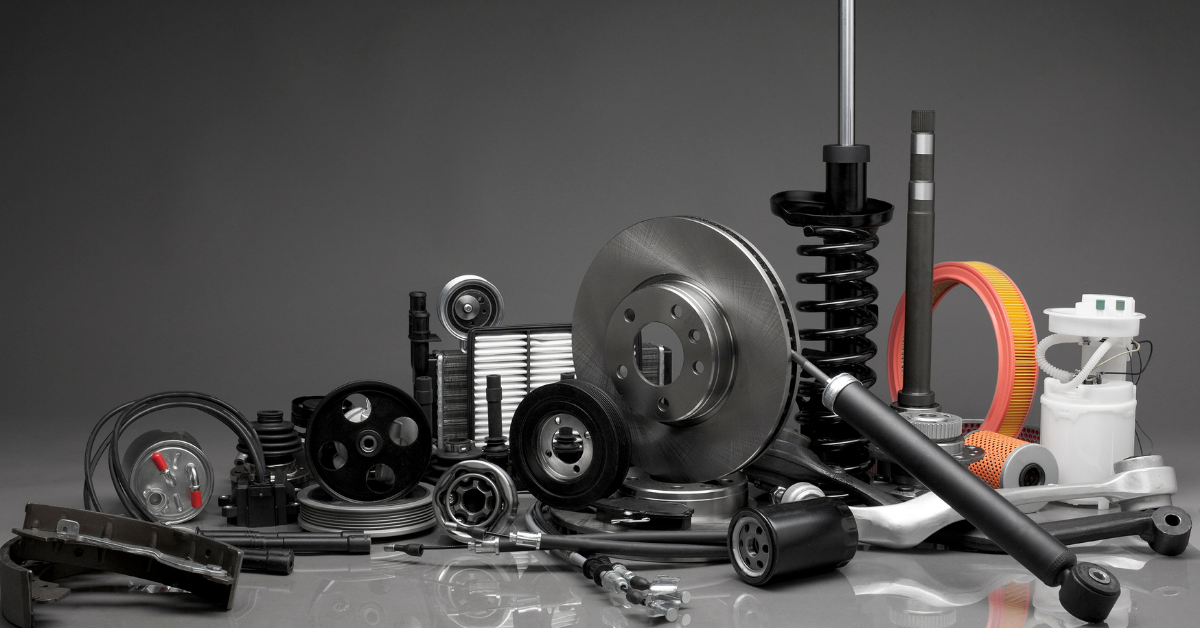
Automotive sensors are essential in everything from detecting an engine's vacuum pressure to making sure the car's crankshaft is in the correct position. These sensors help ensure the vehicle performs well, undergoes proper maintenance, and is safe to drive.
One of the most important components of automotive sensors is connector pins. Connector pins are necessary to connect printed circuit boards. Circuit boards are essential for not just automotive sensors but for console systems, ABS, and many other important parts as well.
Here's a list of some of the most common sensors found in cars and how they are essential to keeping vehicles running safely and efficiently.
Water-In-Fuel Sensor
 Water is one of the most common fuel contaminants you can find in a fuel tank. It can cause poor acceleration, ignition problems, and a knocking sound in the engine.
Water is one of the most common fuel contaminants you can find in a fuel tank. It can cause poor acceleration, ignition problems, and a knocking sound in the engine.
Water-in-fuel sensors are designed to detect if there is any water in a vehicle's fuel tank by measuring the electrical conductivity of the liquids in the tank.
Since water and fuel conduct electricity at different rates, the sensor can use their conductivity to determine if there is excess water in a fuel tank. If excess water is detected, the sensor transmits the information to the car's electrical control unit to activate the check engine light.
Engine Oil Level and Pressure Sensors
The engine oil level sensor and engine oil pressure sensors are quite similar to each other. The engine oil level sensor measures levels of oil in a vehicle's engine oil pan.
The engine oil pressure sensor, on the other hand, measures the pressure of the oil after the oil pump.
If your car does not have enough oil to be safely operated or detects something off about the oil pressure, the vehicle's electrical control unit will light an oil level or oil pressure warning on your dashboard.
Coolant Temperature Sensor
The coolant temperature sensor, also known as the engine coolant temperature sensor (ECTS), is used to measure the temperature of coolant or antifreeze in a car's cooling system.
This sensor gathers data on how much heat the engine is giving off and sends it to the vehicle's electrical control unit.
If the temperature is too high or too low, the control unit will make changes to correct the temperature. This includes making changes to the fuel injection rate, ignition timing, and electrical fan.
Intake Air Temperature Sensor
The intake air temperature (IAT) sensor monitors the temperature of the air as it enters the engine. If the temperature is too high or too low, it will affect the performance of the vehicle.
As cold air is denser than hot air, it is necessary to have a higher amount of fuel in the air-fuel mixture when the temperature of the air is colder. By measuring the temperature, the IAT sensor can help ensure the engine computer unit accurately balances the air-fuel mixture and makes any necessary changes to the fuel injection rate.
Mass Airflow Sensor
The mass airflow sensor measures the flow rate of air as it enters the engine, as well as the air's pressure and temperature. The pressure and temperature of the air are two of the main factors the engine control unit uses to determine the correct fuel injection rate.
The two types of mass airflow sensors are the hot wire and the vane meter, which are both designed to include an IAT sensor.
Manifold Absolute Pressure Sensor
The manifold absolute pressure sensor is commonly found in internal combustion engines.
The pressure sensor provides information on the engine's vacuum pressure. The vacuum pressure is used by the engine control unit to help calculate air density. This information is used to determine the state of the mass airflow sensor to better ensure the air-fuel mixture is optimal.
Oxygen Sensor
Oxygen sensors have been common in the automotive industry for decades. They are used to help measure the amount of oxygen in a car's emissions to regulate gas emissions and help improve performance.
Most vehicles will have at least one oxygen detecting sensor. However, more modern models can have up to four oxygen sensors to improve efficiency.
Crankshaft and Camshaft Sensors
Crankshaft and camshaft sensors work together to monitor the crankshaft and help make sure it does not get too strained.
The crankshaft sensor tracks the position of the crankshaft and its rotating speed. This information helps the engine control unit ensure the vehicle's fuel injection rate and ignition timing are optimal.
Like the crankshaft sensor, the camshaft sensor also monitors the crankshaft's exact position. If it deviates from its normal position and rotation rate, the camshaft will send a signal to the vehicle's central processor and likely activate a warning light.
If there is a problem with either sensor, the engine may start to emit white smoke.

The Importance of Automotive Sensors
Automotive sensors are essential for vehicles to be safe, efficient, and reliable. If a sensor is not accurate, reliable, and long-lasting, it can have a severe impact on your car.
Using quality pins, robust connectors, and printed circuit boards is a large factor in making sure your automotive sensors will work sufficiently well for a long period of time.
At Bead Electronics, we make custom mechanical pins that are both high-quality and cost-effective to meet the exact requirements of our customers. Contact us today to learn more about how our custom pins can meet the needs of your business.





